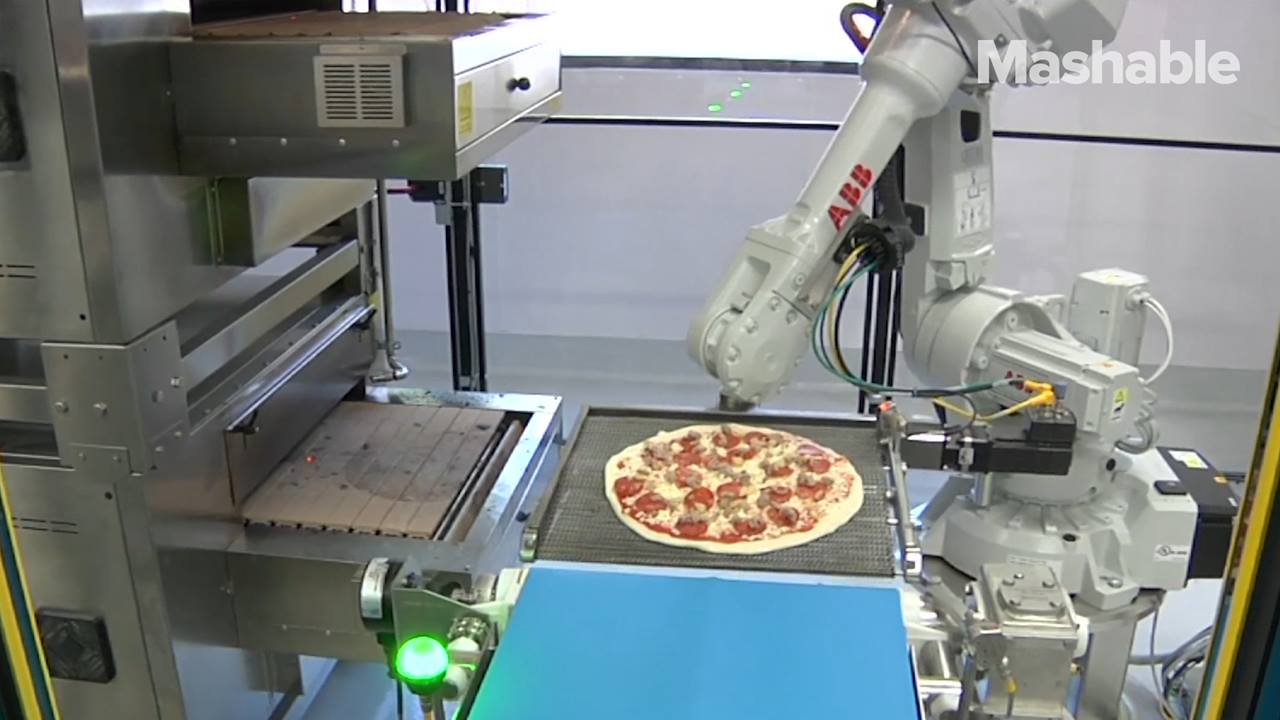A Silicon Valley start-up wants to use technology to solve the pizza paradox. It’s a food that’s meant to be delivered, but never tastes quite as good upon arrival.
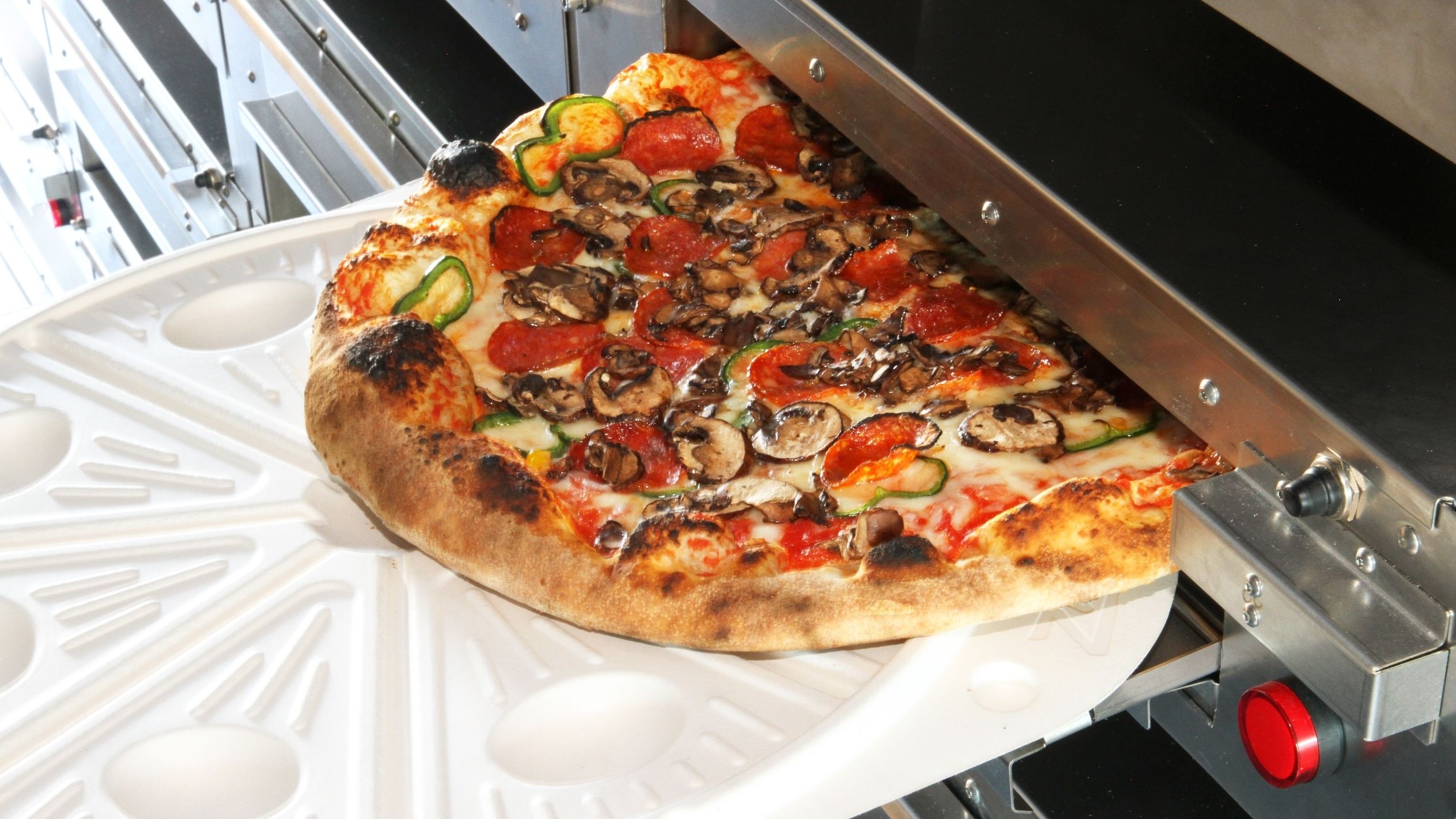

A Silicon Valley start-up wants to use technology to solve the pizza paradox. It’s a food that’s meant to be delivered, but never tastes quite as good upon arrival.
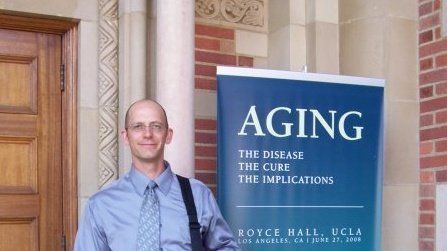
Please sign this petition to the NIH to help get more funding for aging research.
Every year about two million Americans die of illnesses doctors cannot cure. Cancer afflicts 50% of men and 30% of women. Five hundred and ninety five thousand Americans will die of cancer this year. Millions get heart diseases, strokes, etc. Every year 1,612,552 Americans die of the top 8 illnesses that doctors are unable to cure. Over a 30-year period, 48,376,560 United States citizens will die of the top 8 illnesses. Let us not forget other disabling and potentially curable illnesses. How much is it worth to save them? We have the resources and opportunity to cure age-related disease.
History has shown that medical research actually saves money. We now spend three trillion two hundred billion dollars yearly for health care. The health care expenditures will increase as our population grows with more senior citizens.
Every year we also spend hundreds of billions of dollars for services such as Social Security Disability, welfare, food stamps, special transportation, etc. Medical research will help cut down on the need for these services. It will also extend our lives.
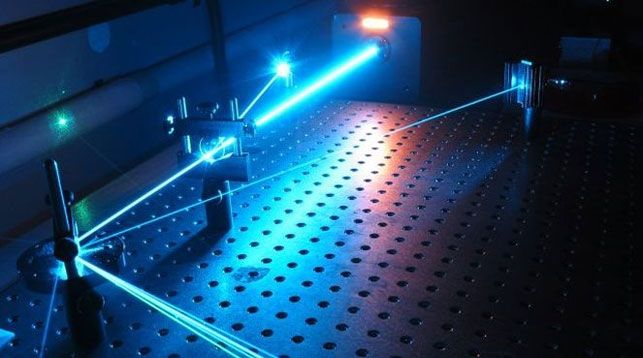
The new Belarusian-Russian R&D center for laser technologies is supposed to open in Minsk. The center will take care of the most important and new practical applications of laser technologies, said Sergei Bagayev. The scope of research will vary from agricultural applications to using lasers for the advanced processing of oil products to get modern materials.
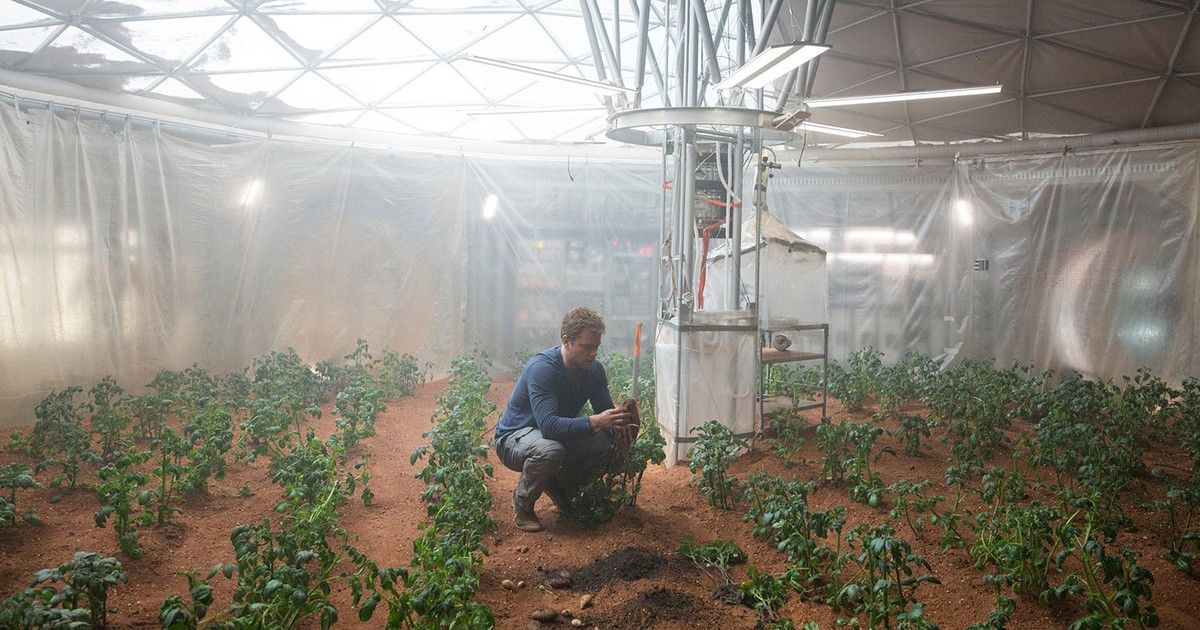
Just like checking your bag on a commercial airline, space travel comes with some pretty big weight restrictions. How big? According to estimates, reaching space costs a whopping $10,000 per pound, which means that every ounce saved has a big impact on the bottom line.
That’s where a group of Danish researchers comes in. The team is working on a synthetic biology project called CosmoCrops, which hopes to use bacteria to make it possible to 3D print everything needed for a respectable space mission, using a cutting-edge co-culturing system. And it could even make life better for those of us back on Earth in the process.
“We are trying to make space exploration cheaper, because many inventions we use in our daily life were invented because of space exploration, like Velcro and solar energy,” Joachim Larsen, one of the students working on the project, told Digital Trends. “The way we want to achieve this is to [be] able to produce everything from food to medicine and bioplastic for 3D printers out in space — making the space rocket a lot lighter.”
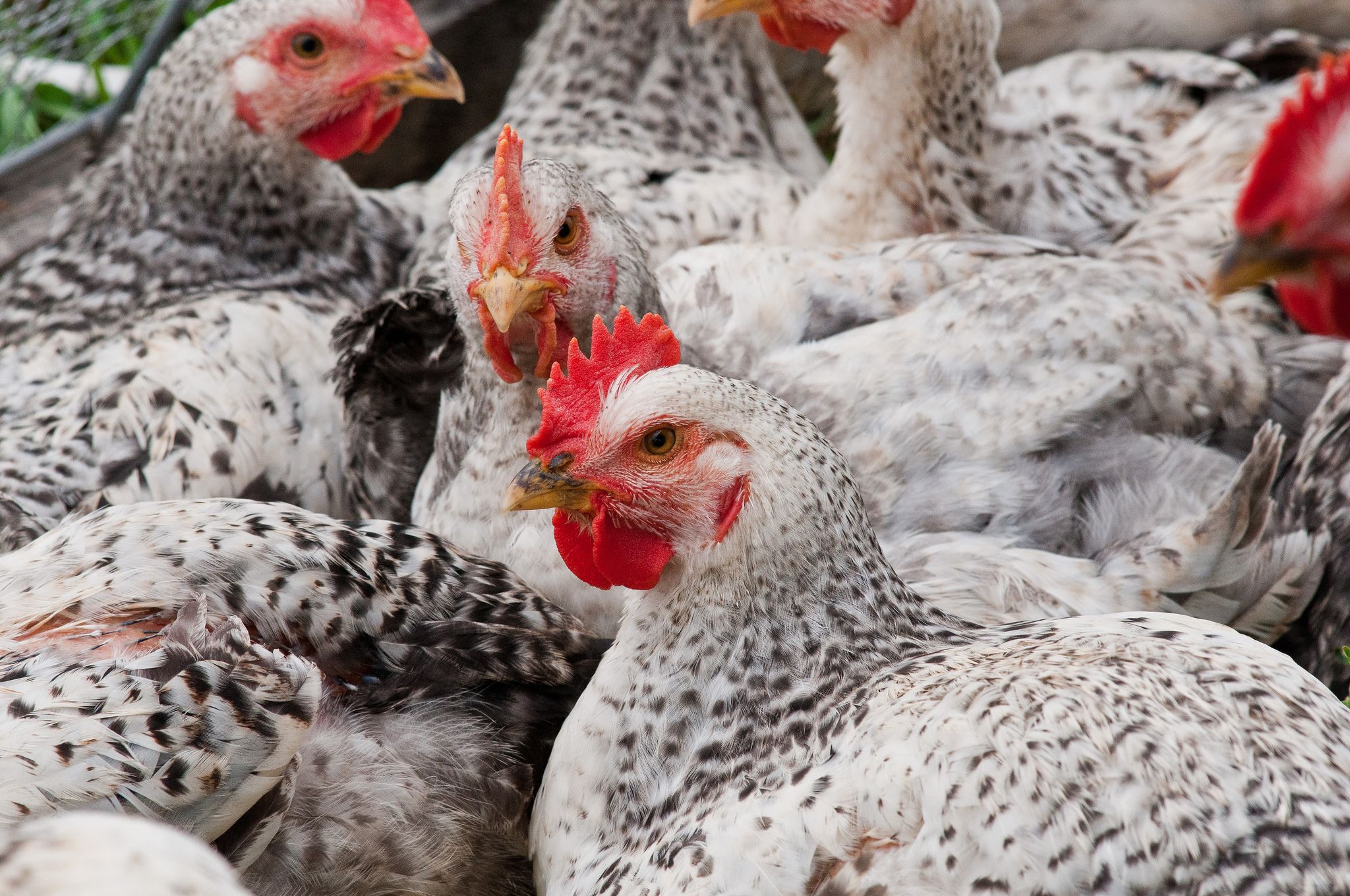
Connecting the dots between transhumanism, veganism, and caring for animals. My new story for Vice Motherboard:
The answer is bewildering—and it probably won’t be satisfying to plant-loving people. Nonetheless, it will inevitably eliminate most human-caused animal deaths. The answer is transhumanism—the movement that aims to replace human biology with synthetic and machine parts.
You see, the most important goal of transhumanism is to try to overcome death with science and technology. Most cellular degeneration—otherwise known as aging and sickness—comes from the failing of cells. That failure is at least partially caused by the daily act of eating and drinking—of putting foreign objects into our bodies which cells have to consume or discard to try to create energy. Paraxdocially, it’s stressful and hard work for cells to endlessly do this just to live. A simple way to eliminate this Sisyphean task—all the steaks, chocolate donuts, bacon breakfasts, and even my favorite, scotch—is to get rid of human reliance on food and drink entirely.
Transhumanists, like myself, want to get rid of it all. We want to strip you of your stomach, your guts, and even your anus—and replace it all with machine parts and bionics. In the future, there will be no eating, drinking, or defecation.
The obvious question: Where will we get energy from if we don’t eat?
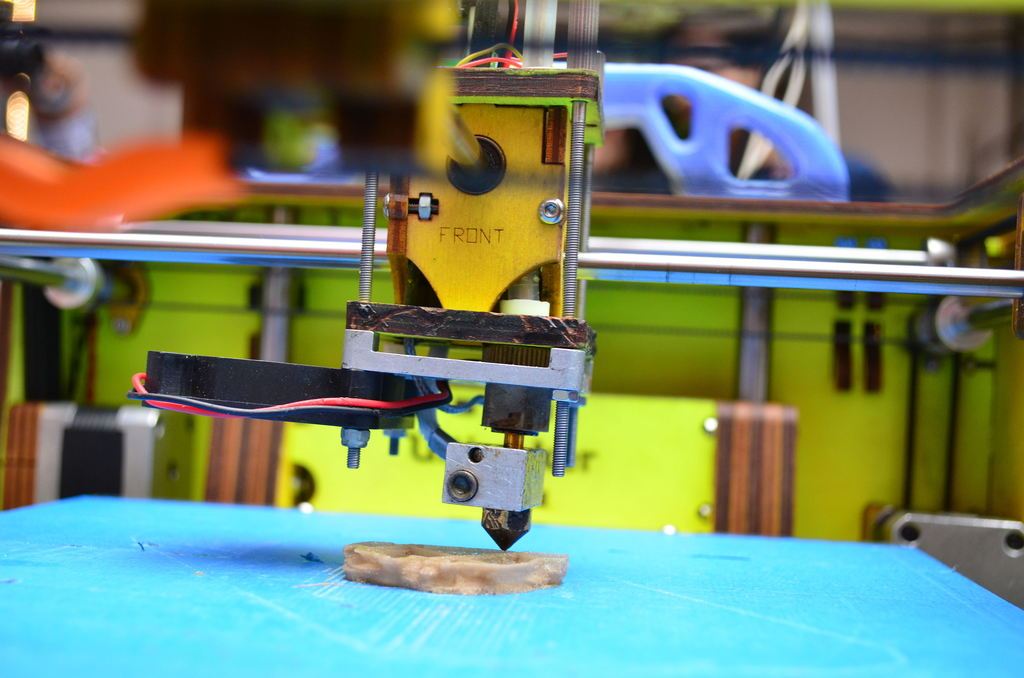
Definitely many benefits to 4D including manufacturing, tech devices, and energy.
A team of researchers has uncovered the key to what they call 4D printing – and solar energy may be one of the top 2 fields to benefit from the great invention.
Did your eyes widen in disbelief with the invention of 3D printing as plastic, ceramic, glass, living cells, and even chocolate were born out of a printer? Now it may seem like yesterday’s news. In a way, it kind of is. The 2D laser printer in your home office is probably looking more and more archaic to you these days – or if you’re still using one of those prehistoric dot matrix printers from the 1980s, shame on you. It’s time to step into the future with 4D printing.
Clay Wang brought his kids to the California Space Center a few years ago to show them the Space Shuttle. But as he looked up at Endeavour and pondered human space exploration, the pharmacologist wondered, “What if a crew runs out of medicine halfway to Mars?”
A lot of things can go wrong during a three-year mission to Mars, and there’s only so much medicine you can pack. “For food you can predict exactly how much the astronauts will need to eat,” says Wang. “Medicine you can’t predict.”
What if they develop a sudden need for a drug that wasn’t packed? Compounding the problem is the fact that the space environment seems to make many drugs lose potency and degrade more quickly compared to drugs on Earth.
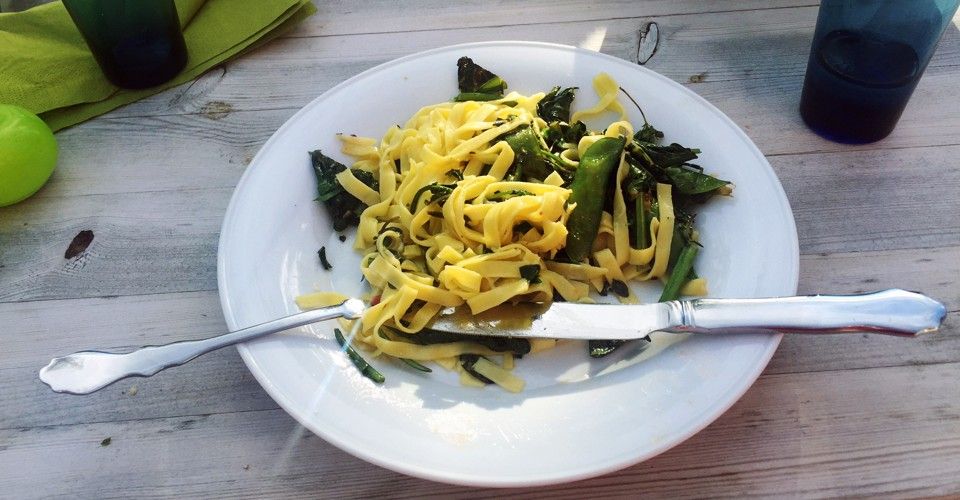
That brought a lot of media attention, and Giorgio got skittish. “They didn’t want to have the perception from customers that their company was developing genetically modified organisms,” says Yang. Yang is still working to perfect the anti-browning in his academic lab, but he has no immediate plans to commercialize it.
The anti-browning trait might also just be a tough sell to customers: When a Canadian apple wanted to sell a GM apple that doesn’t brown—genetically altered through conventional means—it had to battle assumptions that growers just wanted to hide bruised produce. Which is, well, true. Produce that doesn’t brown when handled does also mean less waste for stores and growers.
In Sweden, Jansson is no stranger to unease over genetic engineering. His colleagues recently returned from a conference where activists flung cow dung and eggs at scientists. The CRISPR-edited cabbage he grew he actually got from researchers outside Sweden, who did not want their names or even their country revealed, fearing backlash from environmental activists. Jansson did his cabbage stunt because he wanted people to start thinking about what CRISPR could mean for food.
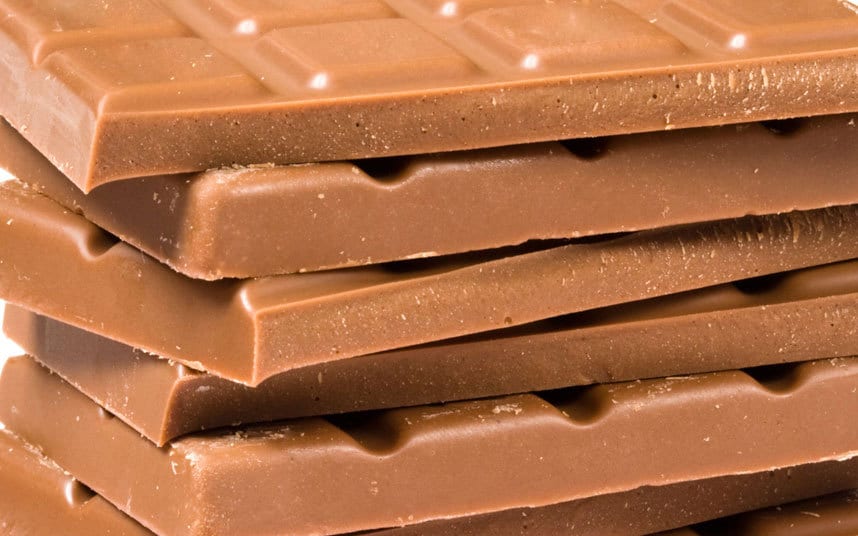
A daily 7.5g bar of the chocolate can change the underlying skin stucture of a 50 year old to that of someone in their 30s, say developers.
